Magazine
Design incorporates objects, people,
ideas based on the small pleasures of everyday life.
Meet your Beautiful design world with the DDP Design Fair.
-
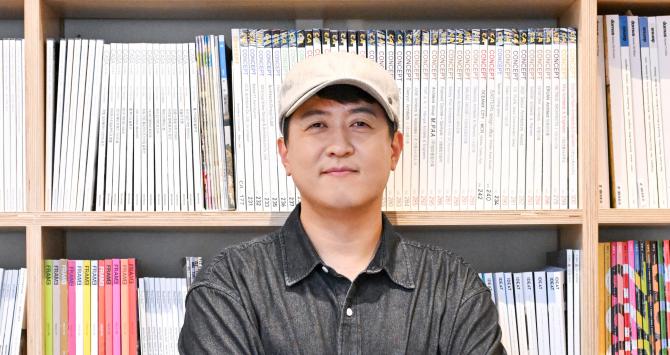
‘Glocalization’ and Sustainability
Curators Bong-kyu SongOne of the leading design trends for 2025 will involve the complementary relationship between locally sourced and sustainable. Locally driven design builds on local resources and traditions to create unique designs in collaboration with local communities. Locally driven design plays an important role in protecting local values and cultures in the face of globalization, fortifying product identity while driving sustainability. The use of locally sourced materials and artisanal skills helps boost local economies while reducing the carbon footprint. In particular, sustainability emphasizes a circular economy, the use of eco-friendly materials, and designing for the life cycle of a product. Moreover, locally sourced materials and eco-friendly processes can minimize product waste in the long run while contributing to the local economy. Ultimately, locally centered design has been expanding beyond mere design; it now is seen as a socially responsible process that positively impacts local communities and the environment, an important step toward achieving a sustainable future. Innovations using new materials will emerge as a key factor in pushing the boundaries of design through sustainability and technological advancements. In particular, biomaterials and high-performance nanomaterials greatly expand the possibilities of design while minimizing environmental impact. Bioplastics, for example, are made from plant-based raw materials that degrade in nature and contribute to solving the problem of plastic pollution. Bioplastics are lightweight, durable, and can be processed into a variety of shapes, making them a popular choice for packaging, furniture, consumer products, and more. IKEA recently launched furniture made from bioplastics, offering an environmentally friendly and innovative design-driven solution to the problem of plastic pollution. In another example, marine waste collected from the oceans is recycled into high-performance gear. Adidas’ Parley line uses this method to create recycled sports shoes and apparel, offering style and high performance while addressing the problem of plastic waste in the oceans. Such innovations in materials are leading trends in sustainable fashion and communicating to consumers the brands’ commitment to protecting the environment. The introduction of new materials like these is an innovative approach to a more sustainable future, one that balances durability, functionality, and design. Innovations in materials are becoming an important pathway to expressing design creativity while being environmentally responsible.
2024-12-0279 -
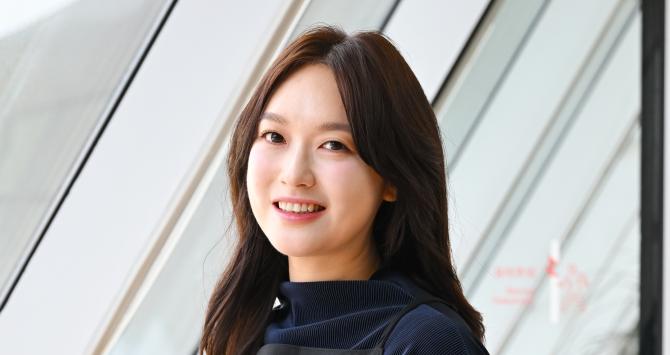
The Beauty of Pursuing One’s Self
Curators Jeong-eun LeeHyper-personalization already has been actively applied to online content curation, but in 2025 it will have a stronger impact on design. Hyper-personalization is the use of algorithms to deliver individually tailored experiences based on sophisticated analyses of a user’s preferences, tastes, context, and needs. This increasingly sophisticated service goes beyond simply delivering personalized products to creating aesthetic and affective designs that can profoundly connect with consumers on an emotional level. ‘The beauty of pursuit,’ a term recently popularized among younger generations, represents a shift in design trends. This trend encourages individuals to express their beauty and personality without filters, with consumers seeking to eschew specific trends in favor of self-defined aesthetic values and satisfaction. These characteristics reflect recent trends, with more consumers moving away from standardized aesthetics and preferring and consuming content that reflect their own style and identity. Hyper-personalization algorithms use personal data that are collected and updated in real time to deliver products and services that match consumer preferences. This information then is analyzed by AI-powered design tools to suggest optimized colors, materials, shapes, and functions based on consumer preferences and behavioral patterns. In other words, these platforms use hyper-personalization strategies to pursue user-centric aesthetic values and are widely used in the fields of fashion, interior, and furniture design. Increasingly, customized and personalized design are becoming the new norm, expanding the opportunities for consumers to create, select, and purchase products that meet their own aesthetic criteria, rather than one-size-fits-all designs based on mass production. This phenomenon demonstrates that the more sophisticated that algorithmic technologies combining digital technology and personal, affective experiences become, the more design goes beyond being a mere product and becomes an important medium in pursuing ‘myself,’ in finding satisfaction in this pursuit, and in expressing my life values.
2024-12-0257 -
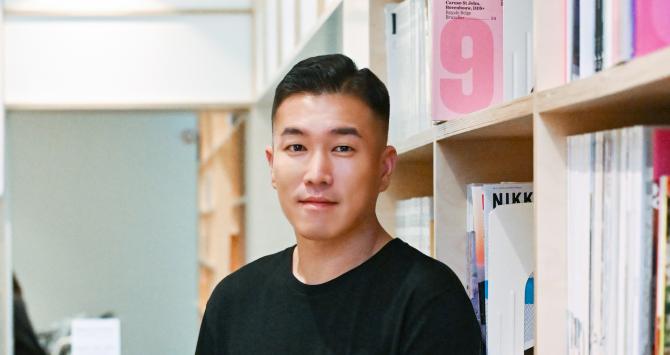
Connecting people with people and people with their environment
Curators Jong-wan KimThe leading design trends for 2025 will revolve and develop around sustainability, innovation, and warm connections between people and the environment. Design is more than just aesthetics; it is becoming a powerful tool with which to improve the quality of our lives and create a better future. First, the fusion of digital technology and nature will accelerate. Digital technologies such as virtual reality (VR) and augmented reality (AR) will enhance consumer experiences and limitlessly expand the possibilities of design. At the same time, the colors, textures, and organic forms of nature will be incorporated into digital designs to add a warm, human touch. This blend of technology and emotion will create a deeper emotional connection with people that goes beyond the cold convenience that the digital can provide. Personalized design will expand, tailored to the needs of the users, reflecting their unique identity and search for extraordinary experiences in everyday life. Personalized furniture, clothing, and even spaces will leverage user data and AI technology to support more personalized and convenient lifestyles. Designs that emphasize what is local as well as community values also will be in the spotlight: More designs will honor and utilize local cultures and resources to boost local economies and express communal identities. This will bring renewed emphasis to the role of design as a medium not just for making things but also for connecting people with people as well as people to their environment. In 2025, design will be sustainable and innovative, and will move in the direction of seeking deep emotional connections. Design will combine technology and emotion to create a warmer, more inclusive future, and will lead a movement to enrich our lives.
2024-12-0251 -
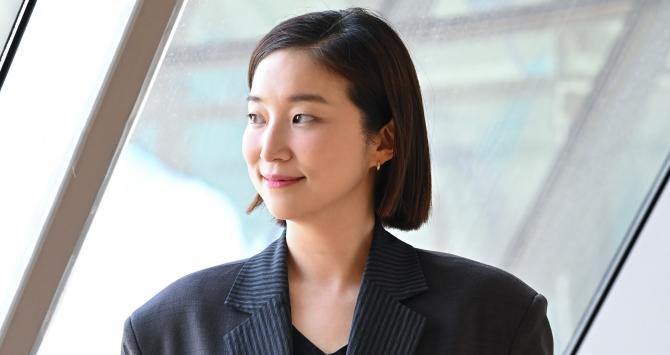
It Still Is: Nature, My Own Home, and Eventually AI
Curators Ji-yeon ChoiHumanity has been experiencing tremendous changes over a relatively short period of time. Global warming is accelerating, the climate that surrounds us is no longer what we were used to, and technological advances are forcing us to constantly try to do something to adapt to new environments. The coronavirus pandemic brought a new sense of anxiety, the specter that our daily routines may one day suddenly be tied to something. People in the modern age feel compelled to abandon notions of stability and immutability and adapt to survive in an environment that can change regardless of their will. In these circumstances, design becomes an entity, a means of comfort, and a necessary means of survival. Looking at the leading design trends in 2025 from the point of view of CMF (colors, material, finish), I expect varied colors, materials, and shapes based on natural motifs to continue. The rich natural beauty of organic shapes, eco-friendly materials, and rough-touch textures will continue to be a beloved trend. This is because nature, unblemished, gives us the greatest sense of stability. Next, the fatigue that comes with facing constant change brings with it a strong need for a place and a time that are solely my own, independent of outside influences. This fatigue will continue to heighten the need and importance for physical and mental care as well as one’s own private space. This need will lead to continued interest in the personalized space we call ‘home.’ House interiors and living spaces design will continue to be an important trend. Finally, advances in AI technology will influence design trends. While AI’s solutions will help us in the realm of consumer services, the various outputs of AI design also will influence a new genre of design. It may be a bit kitschy, but the trend in which aesthetic ideas that are outside human categories migrate from unfamiliarity to familiarity will continue.
2024-12-0263 -
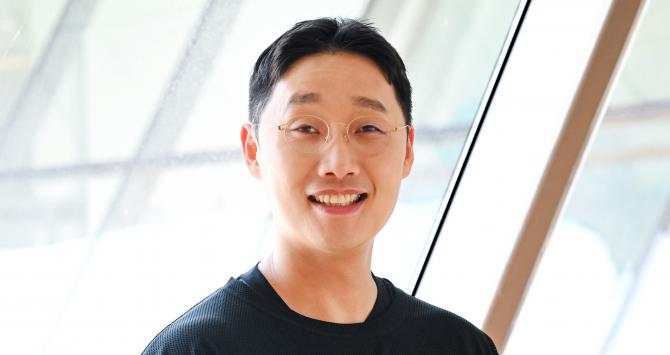
Non-rhetorical: It is about authenticity, not rhetoric
Curators Dong-hoon SohnNowadays, times are changing rapidly and people’s discernment for design is increasing, which makes me cautious about predicting or suggesting design trends. However, if I were to suggest a keyword for design trends in connection with the fair, I would say ‘non-rhetorical.’ During a field interview at the 2025 Prada Collection, fashion designer Raf Simons said that nowadays, everyone makes themselves into superheroes, which is related to image overload. DDP Design Launching Fair is an important design event that reminds us of the importance of what is real in an age of images. Excessive rhetoric in the process of conveying a designer’s or brand’s philosophy can be a burden to people; design philosophy is about empathy, not imposing it. The excellent works displayed at the fair express the designer’s thoughts and brand identity in terms of form, function, and emotional quality, and I think that step by step, this process leads to the creation of a design philosophy based on skill rather than words. Just as with design outcomes, I think that the story that a brand or designer writes can develop continuously if it becomes a solid aggregation of numerous processes.
2024-11-3054 -
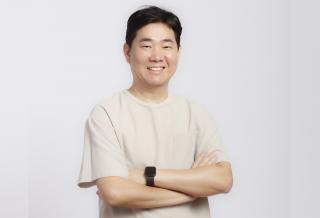
The easiest way to create novelty
Collaboration Curator: Ha Ji-hoon, Professor, Department of Living Design, Kaywon UniversityAs an artist, one of the most common questions I get asked about my work is "Why do you work with tradition?". Maybe it's because it's not the norm, or maybe it's because they think, "Why work with tradition when there's something better?” Unless you're God, creation is about making something that already exists look new. If there is nothing, we can't create. Therefore, it is a natural act of creation to look at the past and use it as a material. Even leading overseas designers look to other countries' traditions to create something new, so I think we should start with our own. Personally, I find the most attractive traditional furniture to be the soban. Its distinct differences from tables in other cultures, its distinct regional distinctions such as gaksang (one person, one table) or for seating, and najuban, yongyeongban, haejuban, etc. make me feel more than just the beauty of its form. At a time when plastic is being criticized more than ever, why did I have to design a soban (table) made of plastic? The answer is not that plastic is bad, but that it is badly used. It is impossible for us to live without using plastic. We need to reduce the bad use, which is easy to use and throw away, and make it something that can be cherished and used for a long time. If plastic doesn't decay for 500 years, it can be passed down for 500 years. The RE:SOBAN pictured here is made from a recycled plastic called LET ZERO and contains no other material than recycled plastic, so it can be recycled 100% when discarded. Its KNOCK-DOWN design reduces its volume to one-third of its size for transportation. The traditional item of the soban is no longer stuck in the past, but has become a “tradition of the future”, reflecting the current times. Single-use plastic containers are a prime example of bad material use. During the COVID-19 pandemic, I saw a lot of delivery meal containers piling up every day, so I thought I'd suggest a better way to use them. It uses the same material and manufacturing method as a disposable container, but it can be used sparingly and for a long time. As a designer, I think it is better to use eco-friendly materials and make them last longer than to recycle them. How to make something last for a long time is not only about durability, but the aesthetics, such as with the roof of a hanok, aesthetics is an important factor that makes people value it. It is necessary to have value both when used and when not used. Exploring our past in this way can make us feel guilty for not appreciating it, like picking ripe fruit without permission. The guilty pleasure is that the easy source of creation is so close that we can't see it.
2023-12-06158 -
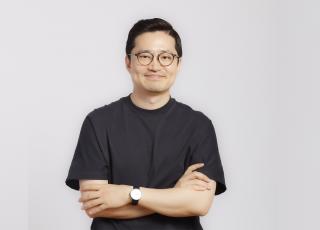
Design for sustainable consumption and production
Maezm Co-CEO/ Shin TaihoSince 2016, the United Nations has published the Sustainable Development Goals (SDGs) and outlined several ways to address the 17 main goals by 2030. The 12th of the 17 goals is Responsible Consumption and Production. This goal is one of the most relevant to our lives, as it aims to improve the global environment alongside a range of other issues for humanity such as poverty, hunger, gender equality, and sanitation. Then what is sustainable consumption and production, and what can we do towards the goal as designers? First, let's talk about sustainability. It's a ubiquitous term now, but it all started with a 1987 report from the World Commission on Environment and Development (WCED). It defined sustainable development as "development that meets the needs of the present without compromising the ability of future generations to meet their own needs." In other words, we should consume our resources in a way that leaves enough for the next generation. And it starts with trees. Industrialized wood resources grow in managed forests, and after a certain period, they are cut down and turned into material. In their place, younger trees are planted to complete the cycle, which is the beginning of sustainability. The reason why we see the term sustainability so much now is because the same logic should be applied to resource utilization in all industries. So, how does design relate to this trend? Designers are practitioners on the front lines of production and consumption. Before a product is introduced to the market, we think about how it should look and function, and once it's on the market, we design all the mediums through which it communicates with consumers. We may call it product design, communication design, brand design or something else, but regardless, designers play the key role in the production and consumption of goods. The biggest issue here is actually materials. When it comes to production, materials are the foundation and the beginning of an industry. However, it is safe to say that materials are rarely discussed at the center of the actual product development process. Materials are mostly determined by price, and even then, they are an afterthought in the development process. However, this has been changing in recent years. As an extension of the Material-driven Design Methodology, we are seeing a lot of attempts to put materials at the forefront of every step of the process and let them drive the entire process. The reason for this is simple. The shift from looking at products through the lens of economic logic to considering environmental logic naturally puts materials at the center. To do so, designers will need to understand the entire system of production, use, and disposal, not just the processing and utilization of materials, and design in the best way possible within it. A designer's role is not just to think about materials when creating a product. Even after the product is created, the designer must constantly communicate the need and justification for the material to the consumer. It's a process of persuasion. Conventional economic logic dictates that products made from sustainable materials should be more expensive. However, if we consider the environmental value of the entire cycle of production, use, and disposal, the cost is not high. The challenge is to convince consumers to share in the costs that will be incurred in the future, not now. This logic is only possible if we think about society and the environment, not the individual, and it is the role of the designer to express and make this logic understandable. That way, consumers can make the right choices. If we think of the act of consuming as a vote that can change the world, then design can help consumers cast their vote for the values they support with refined and accurate information, rather than confusing information. In every era, design has always reflected the zeitgeist of the time, changing and influencing the world. In this sense, the UN's announcement of sustainable consumption and production, along with the dizzying news in the world, is something that we as designers need to reflect on.
2023-11-16131 -

The challenge of being a designer for your time and generation
Jongkim Design Studio Owner / Launching Curator Jong KimIn the epilogue of my second book, A Promenade in Space, there is a sentence that reads, "These days, Korea wins everything but the baguette." It is true that Korea, and Seoul in particular, has reached the highest level of competence in many ways. While it is a blessing to live in such a rich environment that comes with such a high level of excellence, it also deepens the question of "how" to plan and design for the new era for designers like me. Thinking about when AI, which is developing at the speed of light, will come to dominate design makes me truly anxious. As a true believer in human emotion, it still seems a long way off, but AI's growing presence and expanding capabilities are undeniable. Young Koreans these days have what I call a mutual high level of discernment. They have an excellent sense of beauty that is almost instinctive from birth. Moreover, their love for self-grooming is beyond imagination. I don’t mention this to dismiss them. When I evaluate the work of the students I'm teaching, I often find myself self-reflecting, and I feel strongly that I have something to learn from these young people who respond so quickly to new things. Moreover, their new talents have no limits, so they reject the set framework and build their own worldview through various attempts and challenges. It's a worldview that's quite different from the one I used to have, where I built up skills, philosophized, and created stories for spaces by focusing on aligning patterns and numbers according to frames and norms. Along with this worldview, they create stunning spaces that capture the public's hearts and branding that gets standing ovations without a single textbook expertise. The loss of expertise means that the design field will become more competitive, which naturally makes me think about what kind of talent we need for design in Korea in the future. In my classes, I always emphasize that "The future of designers is not only about creating visually beautiful spaces, but also about planning and telling stories about how to use them correctly." This isn't just a challenge for future generations, it's actually a challenge I’ve given myself as well. You might ask me, "Okay, so how do I tell the story of a space?" I don't think there's a perfect answer, but I think the best answer from my experience is to break down the boundaries of disciplines and categories. It's also important to be open-minded and inclusive. If you have an attitude of trying to learn even if it's not your field of interest, treating people and taking in brands without discrimination and prejudice, I would suggest that you will become a solid and long-lasting designer. Gone are the clichéd days when only fashion designers could become creative directors of luxury fashion brands. It's a world where singers become fashion directors, rappers become commercial designers, and ordinary people become world-famous celebrities. It's a world where anyone and everyone can be "special", including the young people reading this article.
2023-11-14157







